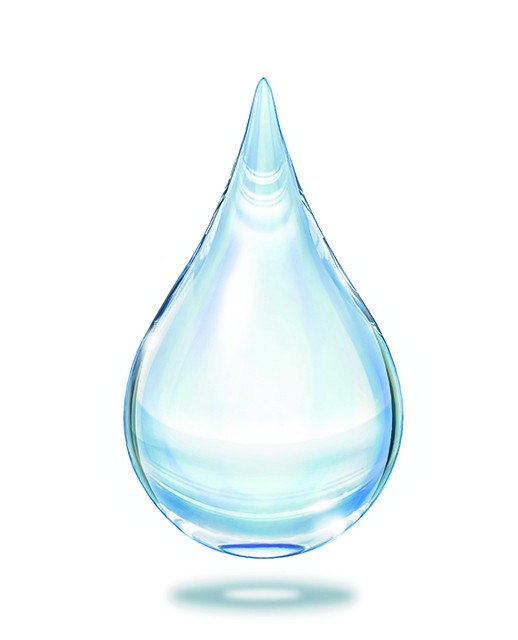Second water export meeting set for May 23

SAGUACHE — A second water export meeting was scheduled for Wednesday May 23 in Saguache, with Sean Tonner from Renewable Water Resources (RWR) appearing again before commissioners to continue to pitch the newest water export plan for the Valley.
Tonner’s last meeting with commissioners ended in very pronounced opposition by those attending. Although they could not speak publicly at the work session, they made their dislike for the plan known after the meeting.
As Lisa Cyriacks wrote in this month’s Crestone Eagle, RWR’s proposal features many of the same benefits as those proposed by Stockman’s Water in 1998, a project brought down by organized opposition. Cyriacks listed two of the points that remain the same from previous export plans as:
• The Stockman’s Water plan to export at least 100,000 acre-feet annually, making up for any water losses by offering participants 25,000 to 50,000 acre-feet of senior water rights.
• A $3 million trust fund to be administered by Saguache County and more riparian and wetland habitat (Gary Boyce, Stockman’s Water). This versus RWR’s offer to add over 3,000 acres to the Baca Wildlife Refuge located off of County Road T.
But just as in years and water plans past, the $64,000 question remains: Just how much water is does the aquifer really contain? Two aquifers lie beneath the valley floor — the confined aquifer that is trapped below layers of clay deep beneath the valley floor and the unconfined aquifer, usually found 100 feet below the surface.
The water content of the unconfined aquifer is very similar to surface water and functions much the same. Mountain snowpack runoff recharges this aquifer and supplies 85 percent of agricultural well water.
The state began monitoring aquifer and water well levels in 1970, with fluctuations regularly recorded since that time period. As new wells were drilled, the water table registered a significant and steady decline, with more water taken than replaced. The extreme drought beginning in 2002 and lasting several years saw the worst decrease. Water experts opined that the aquifer might never recover.
Since AWDI and Stockman’s Water days, however, there have been changes. The Rio Grande Water Conservation District has since created sub-districts throughout the Valley, where farmers agree to levy water consumption fees on themselves in exchange for water “credits” that then are added to the surface water system.
In January 2019, the Rio Grande Water Conservation District passed a resolution officially opposing the renewed attempts by RWR to transport water, maintaining it would not be legal for water to leave the Rio Grande Closed Basin. District board representatives for Saguache County, Peggy Godfrey and Bill McClure, voted for the resolution.
In his first appearance in the Valley following the 2018 election, Attorney General Phil Weiser cautioned Valley residents to view RWR’s proposals to pump water from the valley “very skeptically” citing legal, economic, and ecological concerns.
Residents are making their concerns known as Weiser advised, and at the last meeting with Tonner they filled the room at the Road and Bridge building wearing anti-RWR stickers. Tonner claims to have recruited several farmers and ranchers wishing to participate in his plan; residents seemed to be unimpressed by his claims. The next round will reveal if opposition weakens, holds steady or gains support.



